Have to admit after owning a few iPads, I’ve never shot a pic on one….I do have about $15k worth of camera equipment tho?It would have been nice if they had given the M1 iPad Pro the ability to film slow-motion video at 480 or even 960 FPS. I'm sure the M1 chip could handle it.
Got a tip for us?
Let us know
Become a MacRumors Supporter for $50/year with no ads, ability to filter front page stories, and private forums.
iPad Air 2020 vs. iPad Pro 2021 Buyer's Guide
- Thread starter MacRumors
- Start date
- Sort by reaction score
You are using an out of date browser. It may not display this or other websites correctly.
You should upgrade or use an alternative browser.
You should upgrade or use an alternative browser.
This is the eternal dilemma for Apple users. I don’t need the performance of the Pro but I want the bigger screen.
Reviews for the new M1 iPads are going to be anticlimactic as there is really no software available yet for reviewers to test what the new iPad Pros can do with the M1.
I can’t answer your question about Face ID on the iPad, but I have been using Face ID on my iPhone and can’t imagine the experience would be much different. I normally wear contacts, but Face ID works just as great if I’m wearing glasses, or even sunglasses and a cap. It also works just fine when lying in bed. I have no problem unlocking if it’s pitch black or if I’m lying on my side. When my phone is laying flat in front of me on my desk/table/counter, I just need to glance down to unlock it. No need to pick it up or put your face in that perfect position that some seem to think. It literally just unlocks as soon as you look at the screen. I’ve never once thought “Man, I wish I still had Touch ID” in my 2+ years of using it. Obviously personal experiences and preferences vary, but I don’t think you should knock Face ID until you’ve tried it. I believe the demo units in the stores allow you to try it out, or you could always get the Pro and return it if it doesn’t work out for you.The only thing that stops me from preordering new iPad Pro is Face ID. If it had both Touch ID in the power button and Face ID I wouldn’t have any questions. I still have iPhone 6s, so haven’t used Face ID. Those with older iPads with Face ID, do you find unlocking your iPad easy if you sometimes wear glasses, sometimes don’t and when lying in bed?)
Last edited:
Darth Tulhu
macrumors 68020
Unless you find the older models on a SEVERE discount, or you already own one and it meets your foreseeable needs, buying the new iPad Pros is a no brainer.
You are making a much much better investment.
For those of you like me who are trying your damnest to replace your Mac with an iPad, the time has finally come.
You are making a much much better investment.
For those of you like me who are trying your damnest to replace your Mac with an iPad, the time has finally come.
Darth Tulhu
macrumors 68020
The 2010 period-correct meme is actually: “It’s just a big iPod Touch”.Meh, at the end of the day it’s just a big iPhone.
IMHO Apple will roll out their pro apps at WWDC in a few weeks and Adobe and others will announce and release theirs as well. The big developers have know this was coming for awhile. Using the M1 let’s them make this much easier on them and the developers to bring over the pro apps. A couple of the top apple guys have made it pretty obvious in recent interviews what’s coming without saying it outright. Just my two cents on it.This is the eternal dilemma for Apple users. I don’t need the performance of the Pro but I want the bigger screen.
Good article..
I have been wrestling a little bit between an Air or a Pro. My main usage will be media consumption (reading and some video) and web browsing. My first thought was to go with an Air because I don’t need the processing power of a Pro. I played around with the current models at Best Buy and I really liked the more fluid feeling of the 120 hz on the Pro. Additionally, I could see the enjoying a little bit of a brighter screen when reading outside. Additionally, I do have a few friends I video chat with on occasion, so see some use from the center stage camera.
The biggest thing for me may be the “what if?” Could the new M1 iPads have some upcoming software features that wouldn’t be available for the Air? The big thing being some version of MacOS that could turn an iPad into a MacBook replacement for me.
All this to say I’m leaning towards the Pro. I would rather spend a little extra and get what I want, even if it’s more than I need.
I have been wrestling a little bit between an Air or a Pro. My main usage will be media consumption (reading and some video) and web browsing. My first thought was to go with an Air because I don’t need the processing power of a Pro. I played around with the current models at Best Buy and I really liked the more fluid feeling of the 120 hz on the Pro. Additionally, I could see the enjoying a little bit of a brighter screen when reading outside. Additionally, I do have a few friends I video chat with on occasion, so see some use from the center stage camera.
The biggest thing for me may be the “what if?” Could the new M1 iPads have some upcoming software features that wouldn’t be available for the Air? The big thing being some version of MacOS that could turn an iPad into a MacBook replacement for me.
All this to say I’m leaning towards the Pro. I would rather spend a little extra and get what I want, even if it’s more than I need.
Pretty sure that the pro starts with 128 and not 64???
In April 2021, Apple updated its popular iPad Pro lineup, introducing a faster M1 chip, a Liquid Retina XDR display, a Thunderbolt port, and more. Since the iPad Air saw a major update in September last year, both the iPad Air and the iPad Pro now share similar designs and an increasingly close feature set. Despite their appearances, the iPad Air and iPad Pro are still very different devices intended for different user bases.
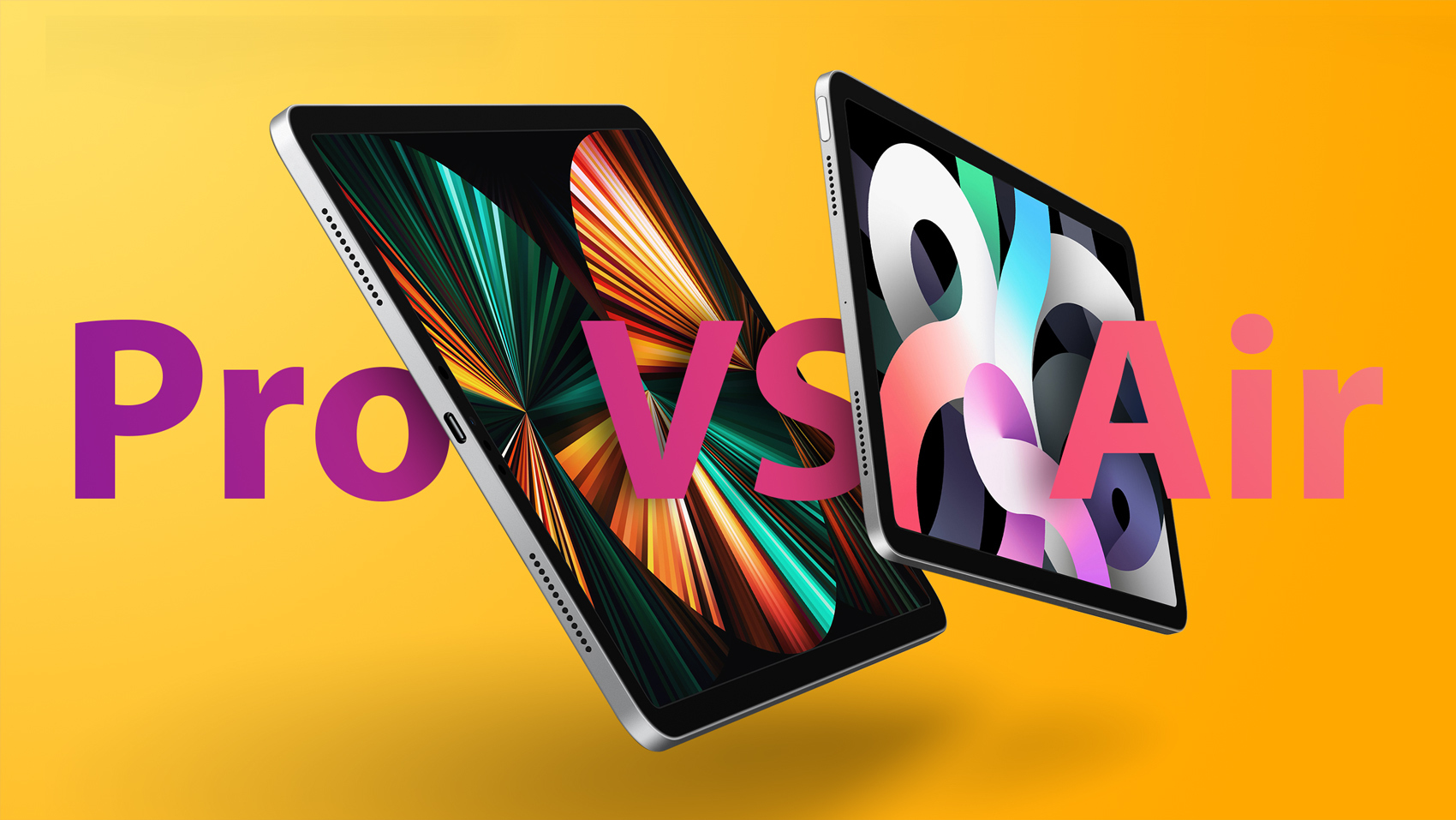
Should you consider purchasing the iPad Air to save money, or do you need the high-end features of the iPad Pro? Our guide answers the question of how to decide which of these two iPads is best for you.
Comparing the iPad Air and iPad Pro
The iPad Air and iPad Pro share a number of key features, such as design, rear Wide camera, and a USB-C port:
Similarities
- Industrial design with flat edges.
- Liquid Retina display with 264 ppi, full lamination, oleophobic and anti-reflective coating, P3 Wide Color, and True Tone.
- ƒ/1.8 12MP Wide rear camera, with digital zoom up to 5x and Smart HDR 3 for photos.
- 4K video recording at 24 fps, 25 fps, 30 fps, or 60 fps, 1080p HD video recording at 60 fps, 3x video zoom, slo-mo video support for 1080p at 120 fps or 240 fps, time-lapse video with stabilization.
- "All-day" 10 hour battery life.
- Wi‑Fi 6 and Bluetooth 5.0 connectivity.
- USB‑C connector.
- Compatible with Magic Keyboard, Smart Keyboard Folio, and Apple Pencil (2nd generation).
- Available in Silver and Space Gray.
Apple's specification breakdown shows that the two iPads share a number of important features. Even so, there are an even larger number of meaningful differences between the iPad Air and iPad Pro that are worth highlighting, including their displays, authentication technologies, processors, and camera setups.
Differences
iPad Air
- Touch ID built into the top button.
- 10.9-inch display.
- Liquid Retina LED display.
- 500 nits max brightness (typical).
- A14 Bionic chip with Neural Engine.
- 4GB RAM.
- ƒ/1.8 12MP Wide camera.
- True Tone flash.
- Digital zoom up to 5x.
- 3x video zoom.
- ƒ/2.2 7MP FaceTime HD camera.
- 1080p HD video recording.
- Two speaker audio landscape mode.
- 4G LTE cellular.
- USB‑C connector.
- Up to 256GB storage.
- Available in Silver, Space Gray, Rose Gold, Green, and Sky Blue.
- Price starting at $599.
iPad Pro
- Face ID enabled by TrueDepth camera.
- 11-inch or 12.9-inch display, with 120Hz ProMotion technology.
- Liquid Retina XDR mini-LED display on 12.9-inch model with 1,000 nits max full-screen brightness and 1,600 nits peak brightness (HDR).
- 600 nits max brightness (typical).
- M1 chip with next-generation Neural Engine.
- 8GB or 16GB RAM.
- ƒ/1.8 12MP Wide and ƒ/2.4 10MP Ultra Wide cameras with LiDAR scanner.
- Brighter True Tone flash.
- Digital zoom up to 5x and 2x optical zoom out.
- Video zoom up to 3x and 2x optical zoom out.
- Extended dynamic range for video up to 30 fps.
- Audio zoom.
- ƒ/2.4 12MP TrueDepth camera with Ultra Wide camera with 2x optical zoom out, Portrait Mode, and Portrait Lighting.
- 1080p HD video recording at 25 fps, 30 fps, or 60 fps.
- Center Stage video calls.
- Animoji and Memoji.
- Stereo recording.
- Four speaker audio.
- 5G cellular connectivity.
- USB‑C connector with support for Thunderbolt / USB 4.
- Up to 2TB storage.
- Available in Silver and Space Gray.
- Price starting at $799.
Read on for a closer look at each of these aspects, and see what exactly both iPads have to offer.
Design
Both the iPad Air and the iPad Pro use Apple's most recent product design language, also seen on the iPhone 12 and the iMac, featuring industrial squared-off edges.
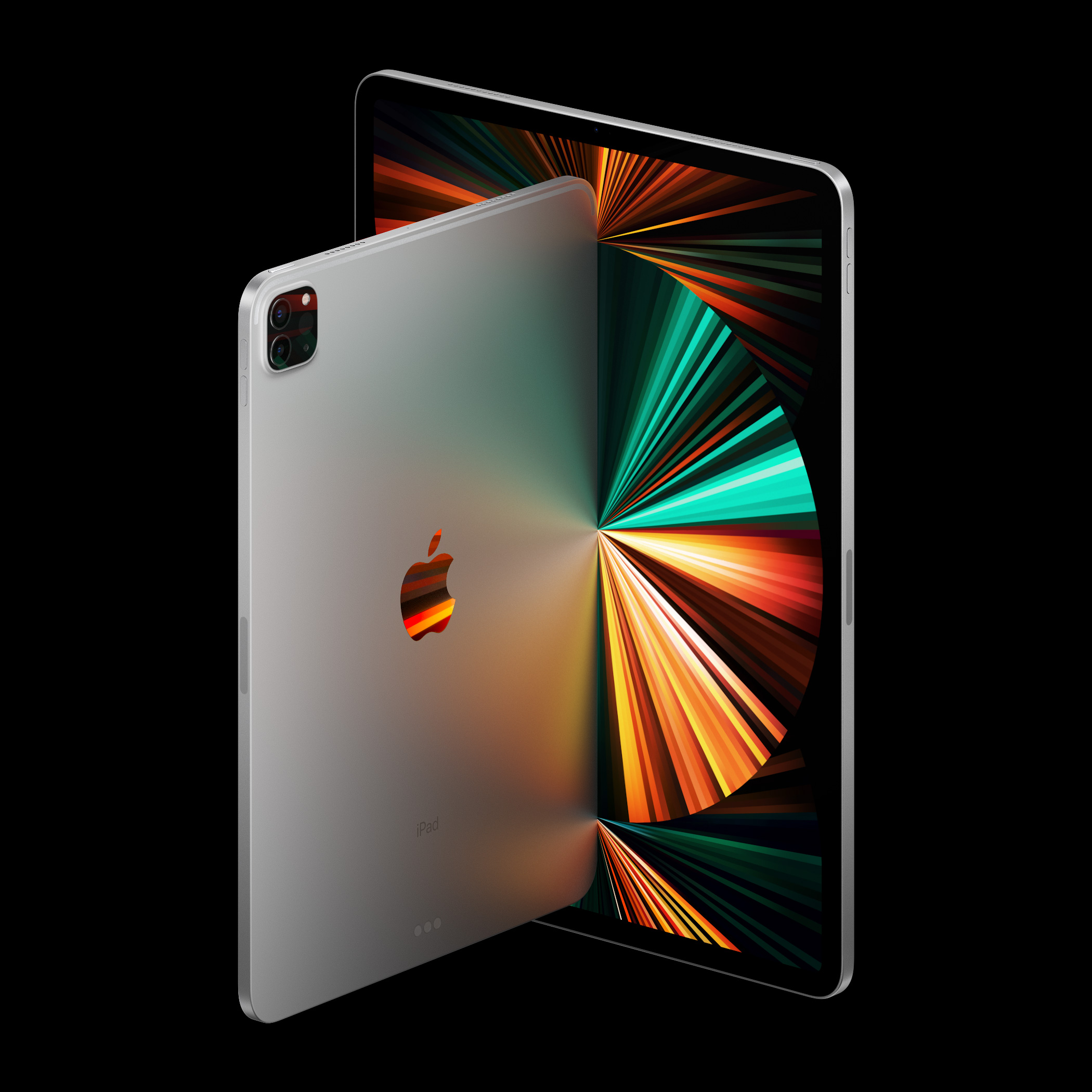
The 10.9-inch iPad Air is almost exactly the same size as the 11-inch iPad Pro, despite having a smaller display, resulting in it having slightly thicker bezels.
Although the design of the two iPad models is similar, the iPad Air is available in a wider range of colors. The iPad Air is available in Silver, Space Gray, Rose Gold, Green, and Sky Blue, while the iPad Pro is only available in Silver and Space Gray.
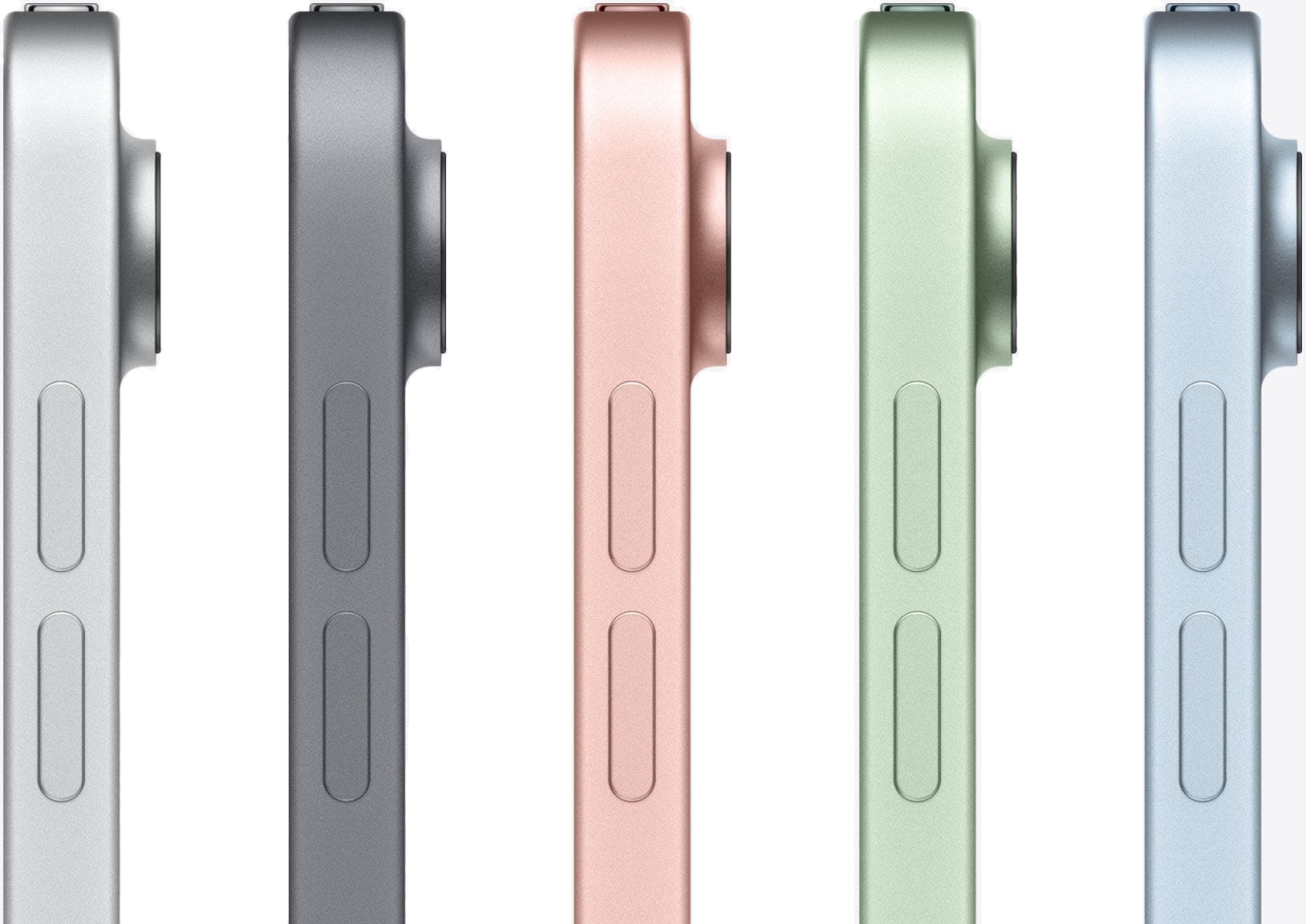
Authentication
A key area of difference between the iPad Air and iPad Pro is authentication. The iPad Air features Touch ID, while the iPad Pro features Face ID.
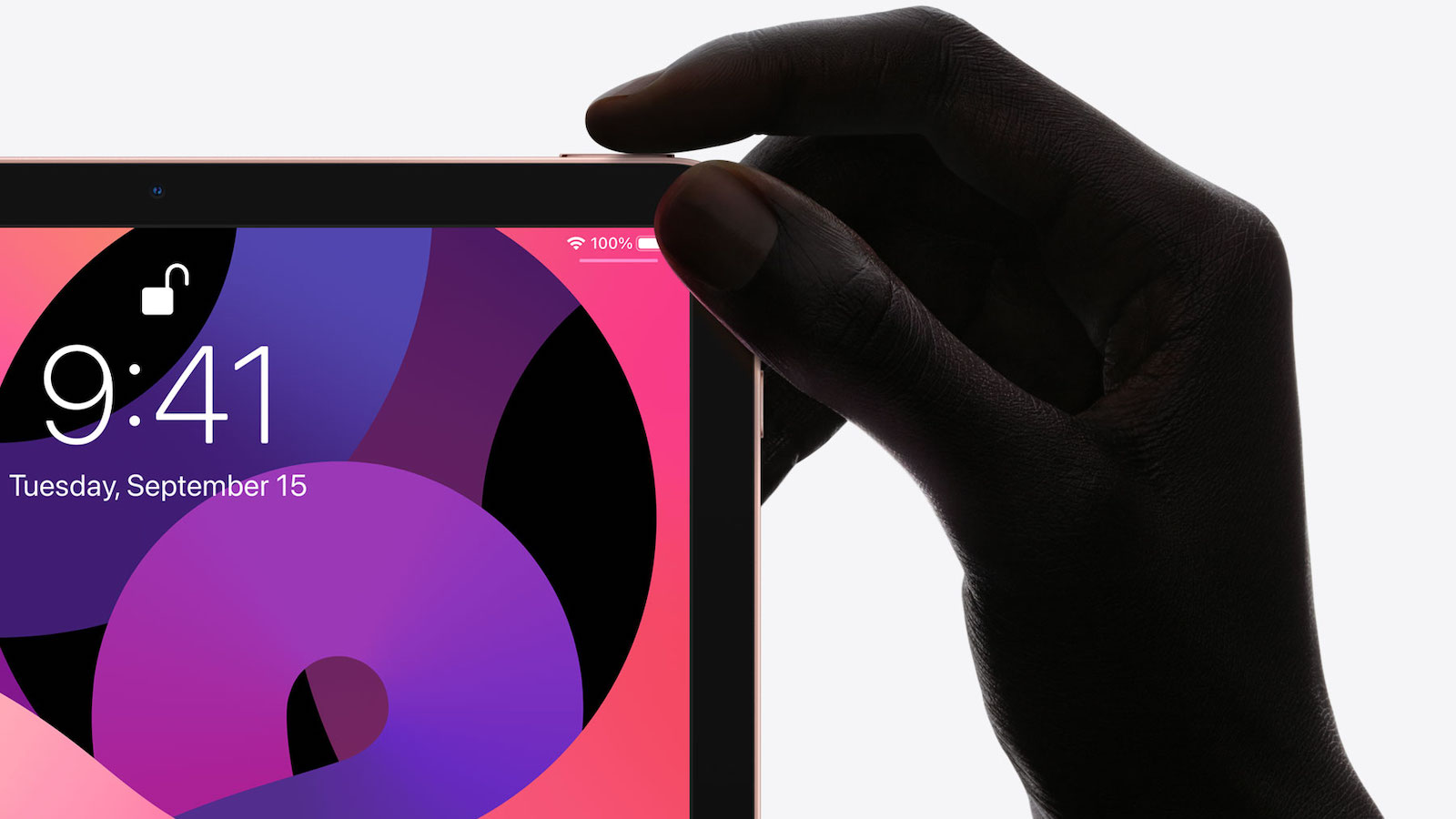
The iPad Air has a Touch ID fingerprint scanner embedded in the iPad's top button. The iPad Pro's Face ID is facilitated by the TrueDepth camera array in the top bezel.
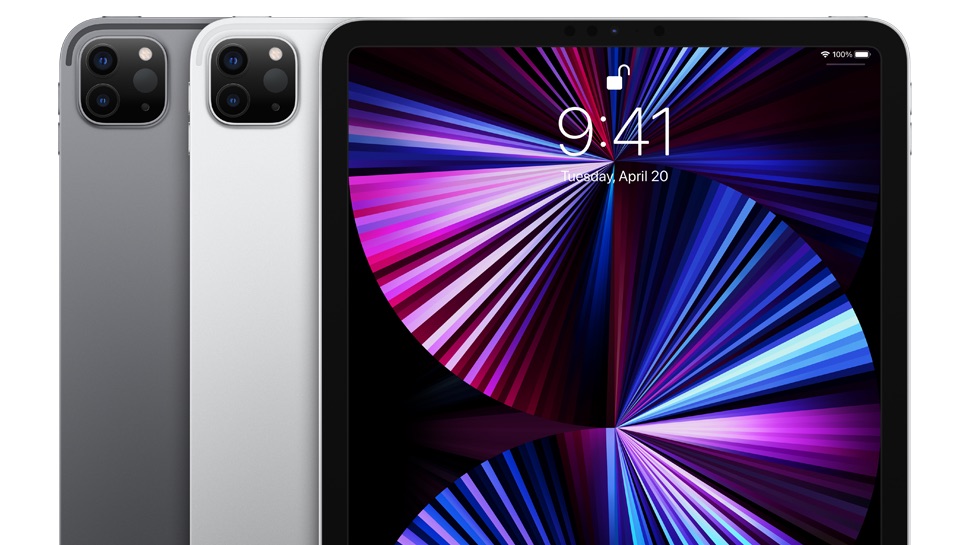
Unlocking is something that may be used dozens of times every day, so it is important to choose your preferred method of authentication if you feel particularly strongly about it. That being said, both Touch ID and Face ID are now extremely polished technologies that work well, and most users will likely be happy with whichever they have.
Displays
Display Sizes
The iPad Air features a 10.9-inch display, while the iPad Pro has the option of either an 11-inch display or a 12.9-inch display.
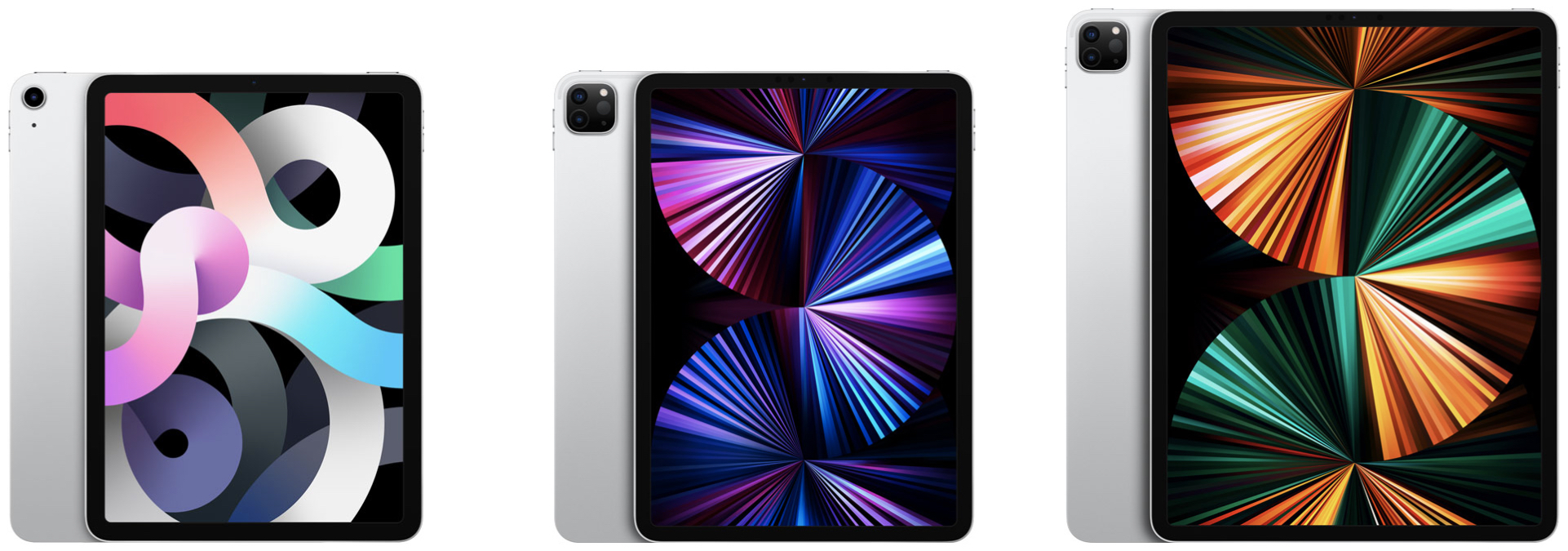
The difference in screen size between the 10.9-inch iPad Air and the 11-inch iPad Pro is virtually negligible. These models are around half a pound lighter than the 12.9-inch iPad Pro and will be best for users focused on portability and easy handheld use.
The 12.9-inch iPad Pro, on the other hand, is best for users who are intending to use their iPad more like a laptop, likely on a table or with a keyboard accessory such as the Magic Keyboard. In particular, multitasking is a much better experience on the 12.9-inch iPad Pro's large display.

Display Technologies
Both the iPad Air and the 11-inch iPad Pro feature Liquid Retina LED displays with 264 ppi, full lamination, an oleophobic and anti-reflective coating, P3 Wide Color, and True Tone.
The 11-inch iPad Pro can get 100 nits brighter than the iPad Air and features ProMotion technology for up to 120Hz refresh rates.
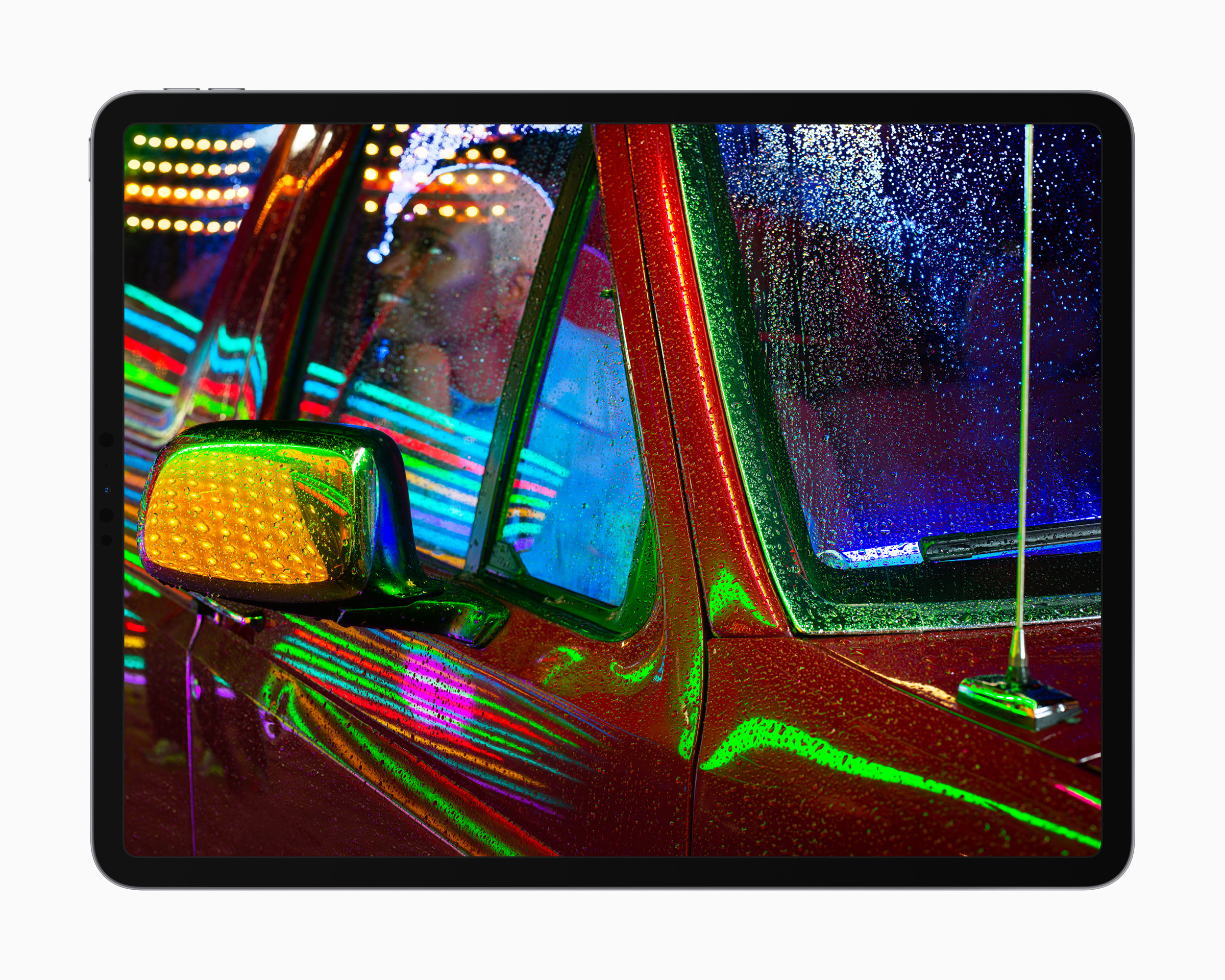
The biggest advancement in display technology comes to the 12.9-inch iPad Pro. This model has all of the display features included with its smaller sibling, including 120Hz ProMotion, but uses a fundamentally different underlying display technology: mini-LED.
Apple calls the 12.9-inch iPad Pro's mini-LED screen a "Liquid Retina XDR display." Mini-LED allows the 12.9-inch iPad Pro to reach up to 1,000 nits full-screen brightness, 1,600 nits peak brightness, and a 1 million-to-1 contrast ratio. The display can reflect what can be seen in the real world by capturing the brightest highlights and subtle details in even the darkest images, allowing users to view and edit true-to-life HDR and Dolby Vision content, which is especially important to creative professionals, including photographers, videographers, and filmmakers.
The iPad Air's Liquid Retina display will be sufficient for the vast majority of users, but some may prefer the responsiveness of ProMotion of the iPad Pro for tasks such as gaming. The 12.9-inch iPad Pro's high-end Liquid Retina XDR display, on the other hand, is best for users who consume a lot of HDR content, those who are creative professionals, or those who want the best possible display.
A14 Bionic vs. M1 Chip
The iPad Air features the A14 Bionic chip used in the iPhone 12 and iPhone 12 Pro, and the iPad Pro contains the same M1 chip used in the MacBook Air, 13-inch MacBook Pro, Mac mini, and 24-inch iMac.
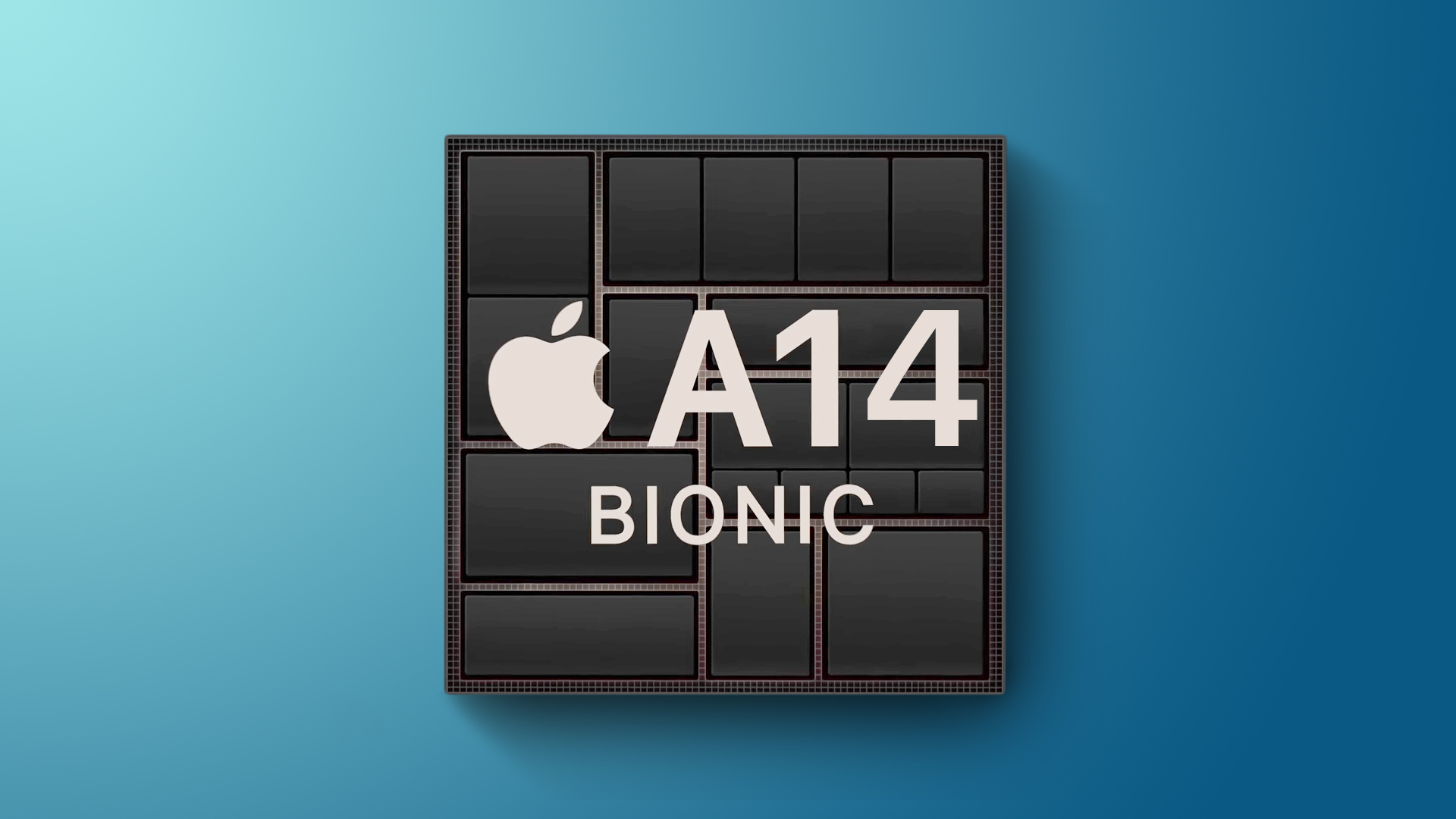
The A14 Bionic features six cores and the M1 chip has eight cores. The A14 has two high-performance cores and four high-efficiency cores, while the M1 has two additional high-performance cores. The M1 also has eight GPU cores, which is double that of the A14. The M1 has a maximum clock speed of 3.20GHz and the A14 has a maximum clock speed of 3.10GHz.
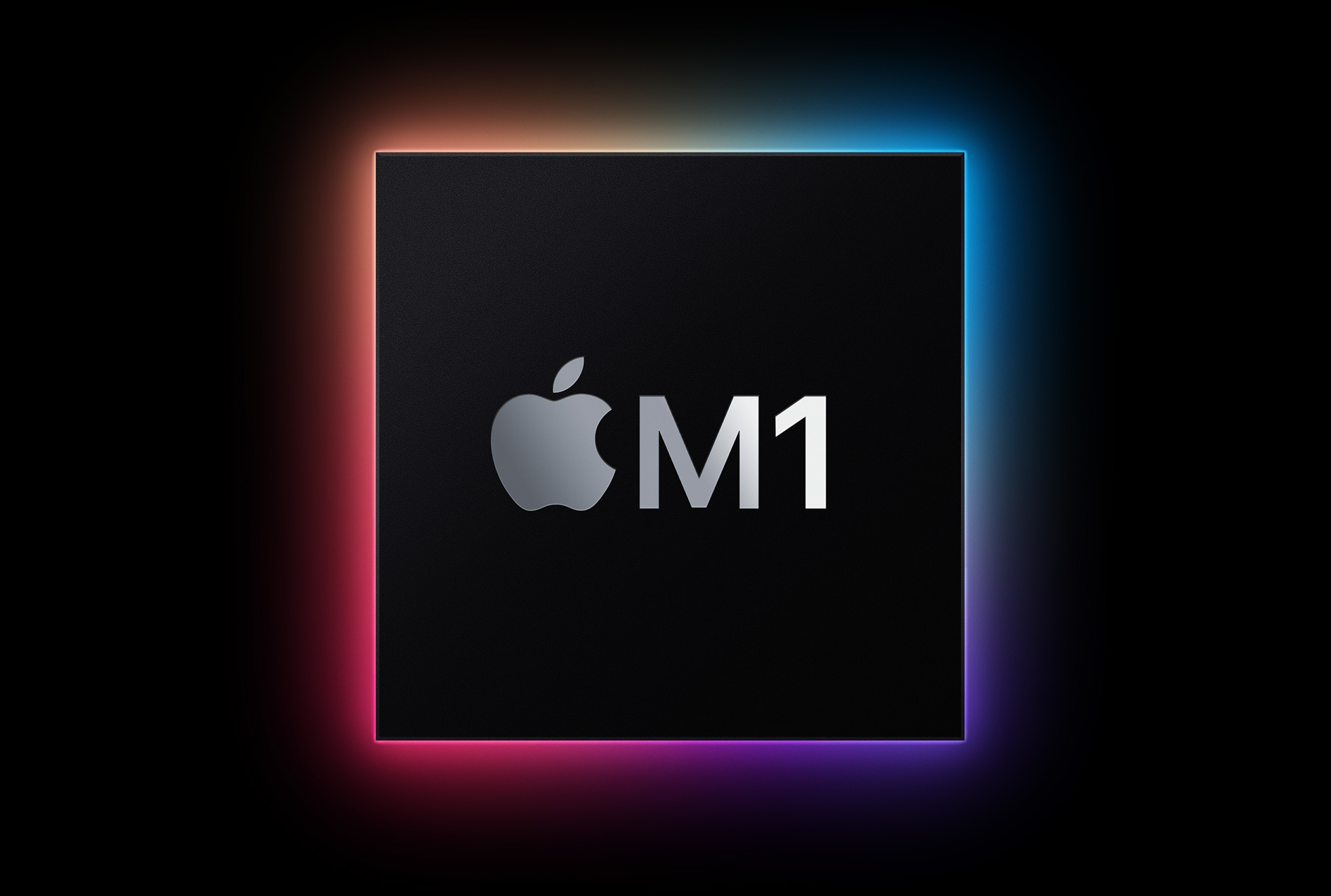
The A14 has 11.8 billion transistors, while the M1 has 16 billion transistors. Both chips are fabricated using a 5nm process and contain Apple's most advanced 16-core Neural Engine for machine learning.
Benchmarks for the M1 in the iPad Pro are not yet available, but they will likely be similar to the MacBook Air, which is also a passively cooled mobile device with the M1 chip. The M1 in the MacBook Air achieves a Geekbench single-core score of 1700, while the iPad Air with the A14 achieves 1585. In multi-core, the MacBook Air has a score of 7374, while the A14 in the iPad Air has a score of 4213.
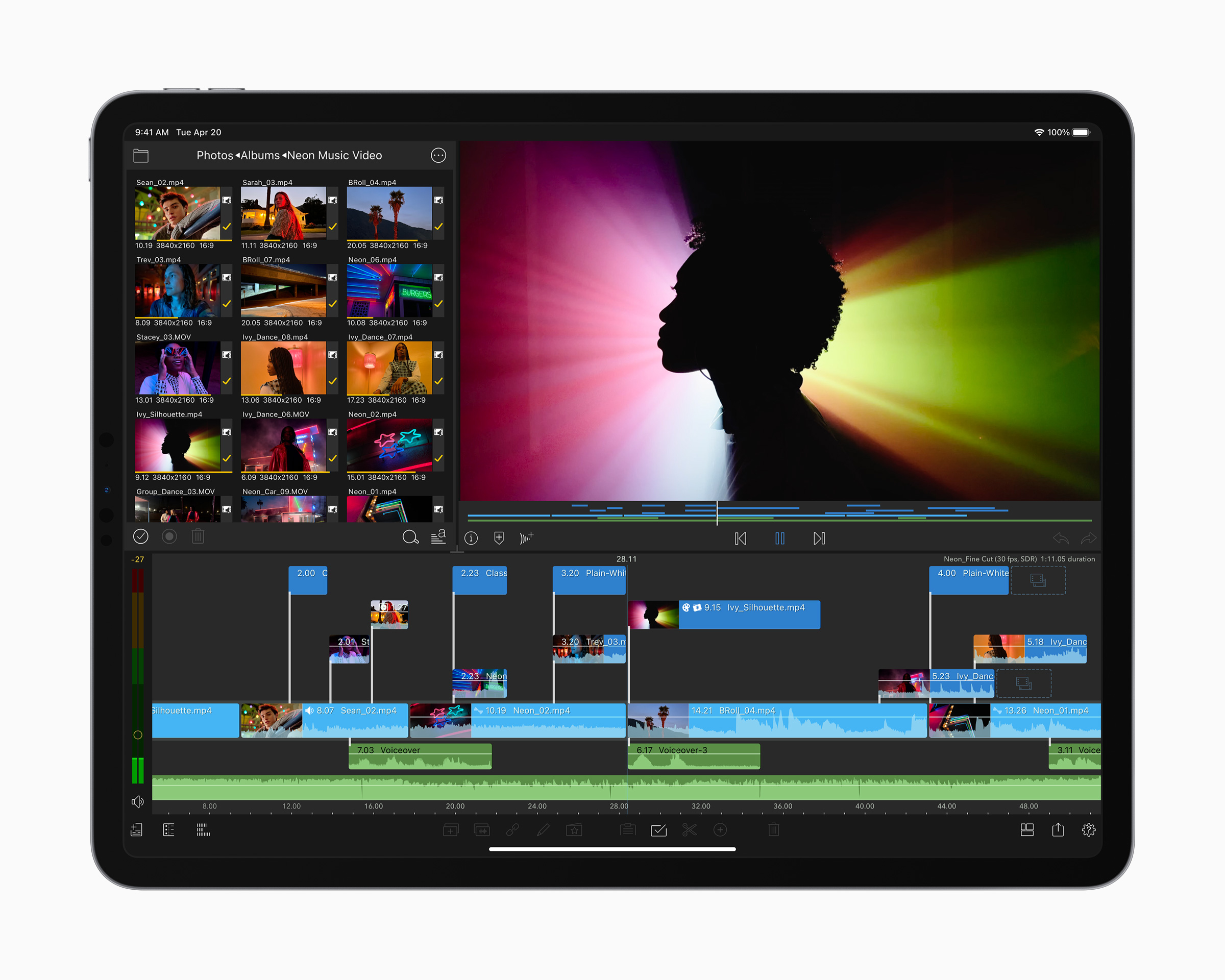
Even though the M1 outperforms the A14, particularly where it can take advantage of its extra cores, both chips are among Apple's latest custom silicon chips. The A14 is more of a mobile processor, as shown by its presence in the iPhone 12, while the M1 is a laptop to desktop-class processor, as shown by its presence in Apple's latest Mac computers.
Only users with an intensely demanding workflow will need the extra power the M1 in the iPad Pro offers over the A14 in the iPad Air. For example, photographers working with large images, graphic designers, and video editors may be able to take advantage of the M1's extra power. For the vast majority of users, the A14 Bionic will be more than sufficient and is a very capable chip in its own right.
Storage
The iPad Air offers the option of either 64GB or 256GB storage, while the iPad Pro offers 64GB, 256GB, 512GB, 1TB, or 2TB. The maximum 256GB of storage in the iPad Air will be enough for many users, but for those power users who intend to store a large amount of data on their iPad, the option is available with the iPad Pro.
Memory
The iPad Air has 4GB of RAM, while the iPad Pro has either 8GB or 16GB, just like Macs with the M1 chip. iPad Pro configurations with either 1TB or 2TB of storage contain 16GB of RAM, while all other storage configurations contain 8GB of RAM.
4GB in the iPad Air will be adequate for casual users, but 8GB will be defter at handling multiple windows of the same application and a range of intense background tasks.
Ultimately, iPadOS is excellent at memory management, so it is unlikely that the amount of RAM in your iPad will be important in most cases.
Cameras
Rear Cameras
A major area of difference between the two iPad models is their camera setups. The iPad Air features a single ƒ/1.8 12MP Wide camera. The iPad Pro has the same ƒ/1.8 12MP Wide camera as the iPad Air, but also adds a ƒ/2.4 10MP Ultra Wide camera and a LiDAR scanner.
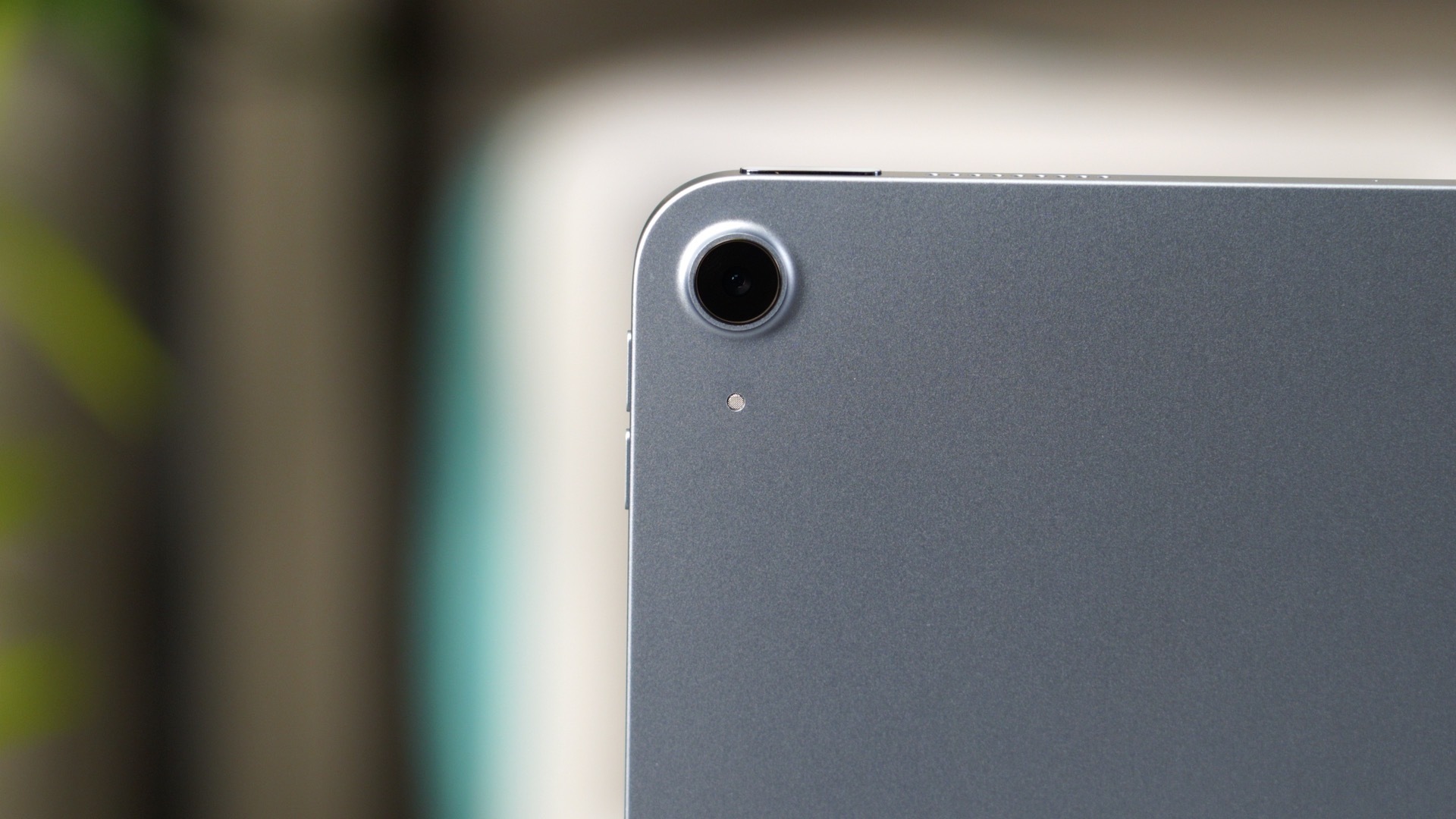
As well as being able to zoom in digitally five times, the iPad Pro can also optically zoom out up to two times, thanks to its Ultra Wide lens. The iPad Pro has extended dynamic range when recording video up to 30 fps, and also features a brighter True Tone flash than the iPad Air.
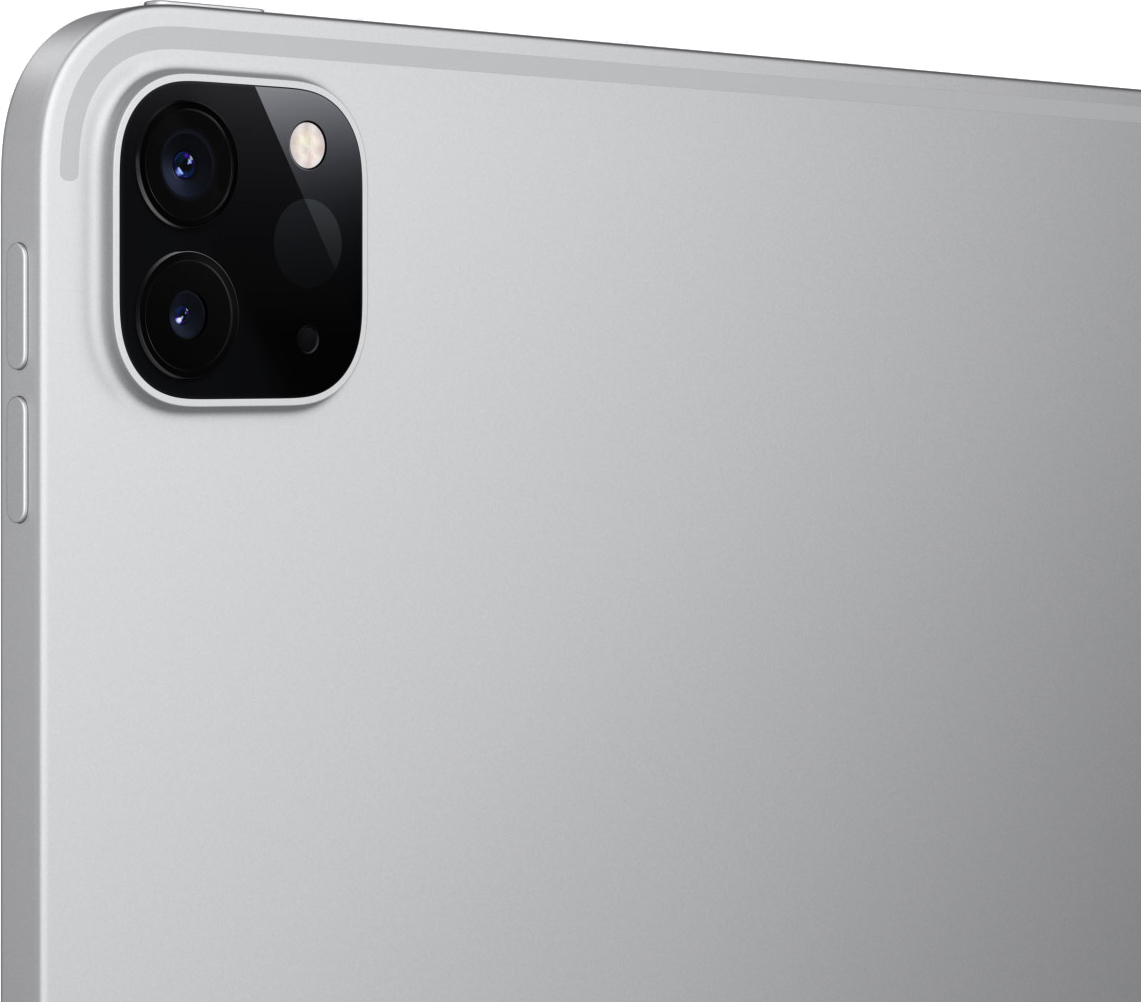
LiDAR allows the iPad Pro to measure the distance to surrounding objects up to five meters away, operating at the photon level at nano-second speed. This makes the iPad Pro capable of a "new class" of improved AR experiences with better motion capture, understanding of the environment, and people occlusion.
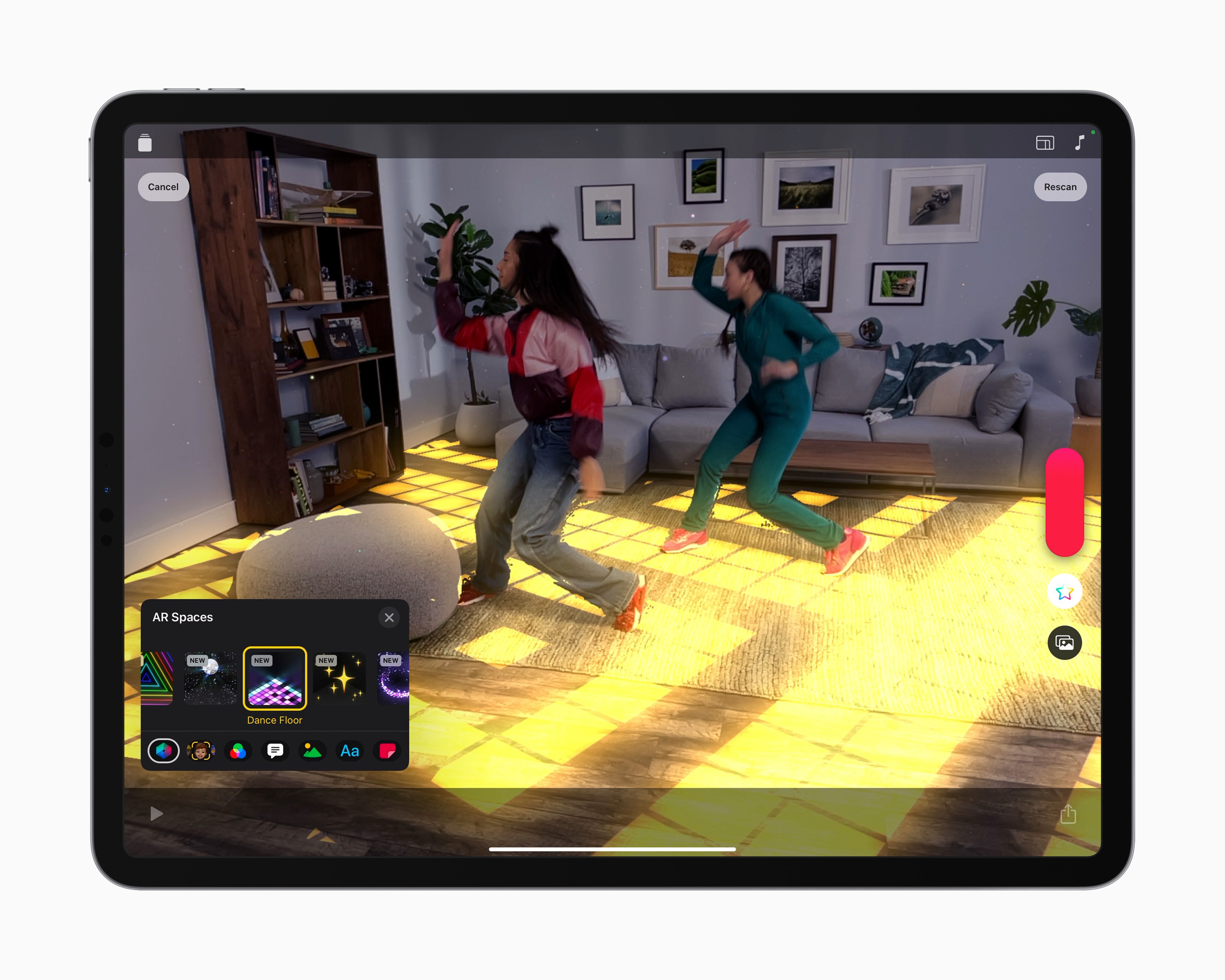
Users who like to use their iPad as a large viewfinder for photography or heavy users of AR will appreciate the iPad Pro's more advanced camera setup, but for the majority of users who do not use the iPad's rear camera very often, the iPad Air's single Wide camera is more than good enough.
Front Cameras
The iPad Air has a front-facing ƒ/2.2 7MP FaceTime HD camera, while the iPad Pro has a considerably better ƒ/2.4 12MP TrueDepth camera. In addition, the iPad Pro has a front-facing Ultra Wide camera with 2x optical zoom out, Portrait Mode, and Portrait Lighting, as well as Animoji and Memoji. The iPad Pro can also record video with the front-facing camera at 25 fps, 30 fps, or 60 fps.
The iPad Pro has a new feature called "Center Stage" for video calls with the front-facing camera. Center Stage uses the iPad Pro's larger field of view on the machine learning capabilities of M1 to recognize and keep users centered in the frame. As users move around, Center Stage automatically pans to keep them in the shot. When others join in, the camera detects them too, and smoothly zooms out to fit everyone into the view.
If your iPad will be your main device for video calls, there are clear advantages to getting the iPad Pro. While the iPad Air's front-facing camera is sufficient for FaceTime calls, the better specifications of the iPad Pro's front-facing camera and useful software additions like Center Stage make for a much better device for video calls. Nevertheless, the $200 added cost of buying the iPad Pro is probably not worth improved video calls alone.
Speakers and Microphones
The iPad Air has two-speaker audio in landscape mode, while the iPad Pro has wider four-speaker audio. If you use your iPad for consuming lots of music and videos with the built-in speakers, the iPad Pro will deliver a slightly better experience.
The iPad Pro can record audio in stereo and features "studio-quality" mics, which may be important for some users who record music or lectures using their iPad. Even so, the iPad Air has a proficient speaker and microphone setup that will be sufficient for most users.
Wireless Connectivity
In terms of wireless connectivity, both iPads feature Wi-Fi 6 and Bluetooth 5.0 The iPad Air supports a 4G LTE cellular connection, while the iPad Pro supports 5G, which is considerably faster. If you need an iPad with a cellular connection, this may be a good reason to invest in the iPad Pro.
Ports
The iPad Air features a standard USB-C port, while the iPad Pro features a Thunderbolt port. USB-C on the iPad Air can transfer at a speed of 10Gb/s, while Thunderbolt supports speeds of up to 40Gb/s. As well as being considerably faster, Thunderbolt opens up the potential for compatibility with a much broader range of Thunderbolt-only accessories such as external hard drives and monitors. Thunderbolt also is backward-compatible with USB-C, so the two ports look identical.
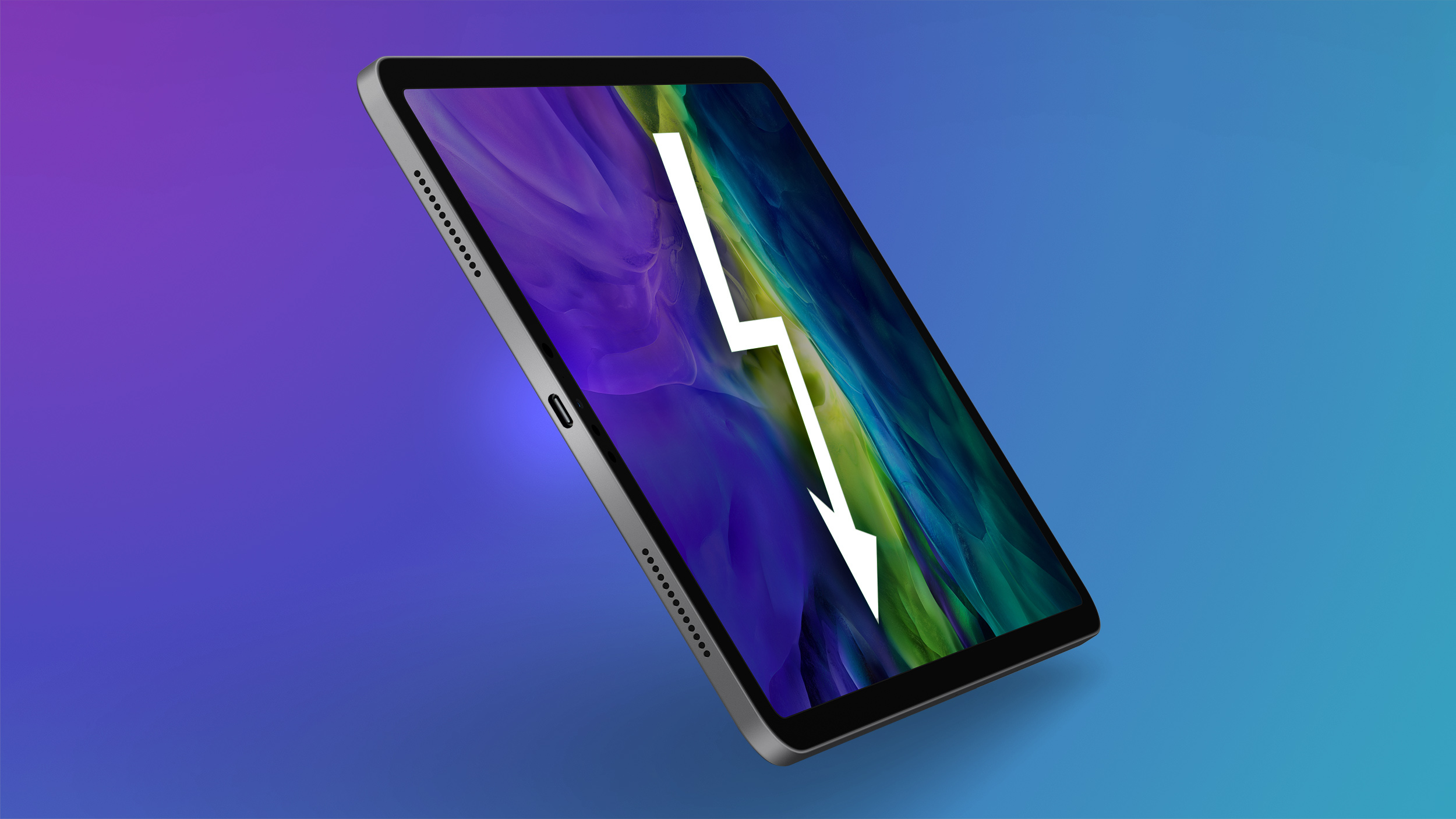
Even though Thunderbolt is much faster than the iPad Air's standard USB-C port, most users likely do not have Thunderbolt accessories that can take advantage of these speeds. For this reason, the iPad Air is again the best option for most people in terms of port options.
Accessories
Both the iPad Air and iPad Pro support accessories such as the Apple Pencil 2, as well as Apple's Smart Keyboard Folio and Magic Keyboard. Since they both support the same accessories, there is no reason to buy one model over the other when it comes to the likes of keyboards or trackpads.

Nevertheless, it should be considered that accessories such as the Apple Pencil and Magic Keyboard have to be purchased separately from the iPad, so will push up the overall price. Therefore, if the iPad Pro, which starts at $799 for the 64GB 11-inch model, is already moving out of your price range and you want an accessory such as the $299 Magic Keyboard, you may need to opt for the iPad Air, which starts at $599, to bring down the overall cost.
Other iPad Options
If the iPad Air is too expensive at $599, you may want to consider the eighth-generation iPad, which has a much lower price tag of $329. This iPad has a 10.2-inch display, the A12 chip, and is compatible with accessories such as the Apple Smart Keyboard and the first-generation Apple Pencil.
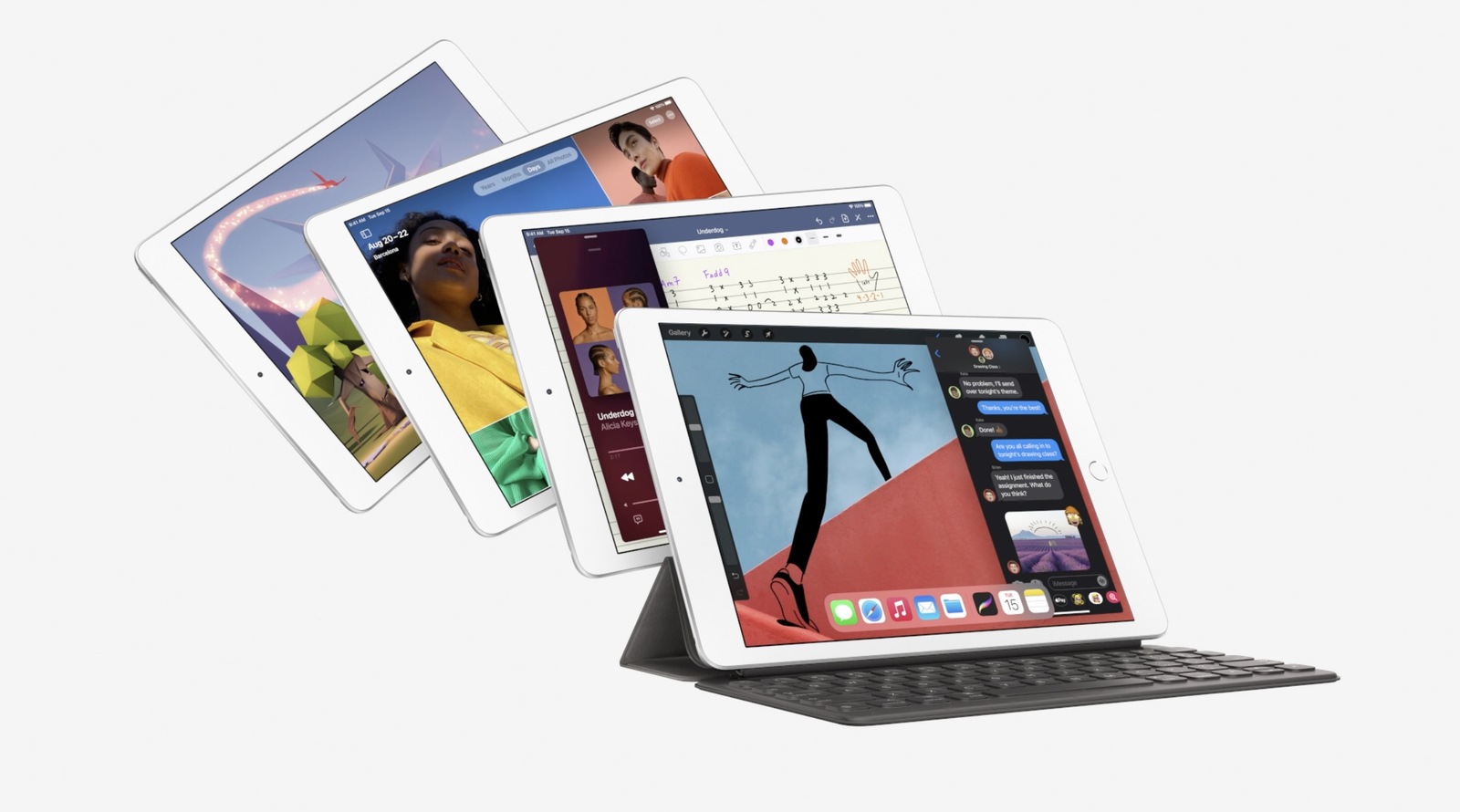
While it lacks the all-screen design of the iPad Air, USB-C, and 4K video recording, the eighth-generation iPad is an excellent low-cost alternative to the mid to high-end iPads.
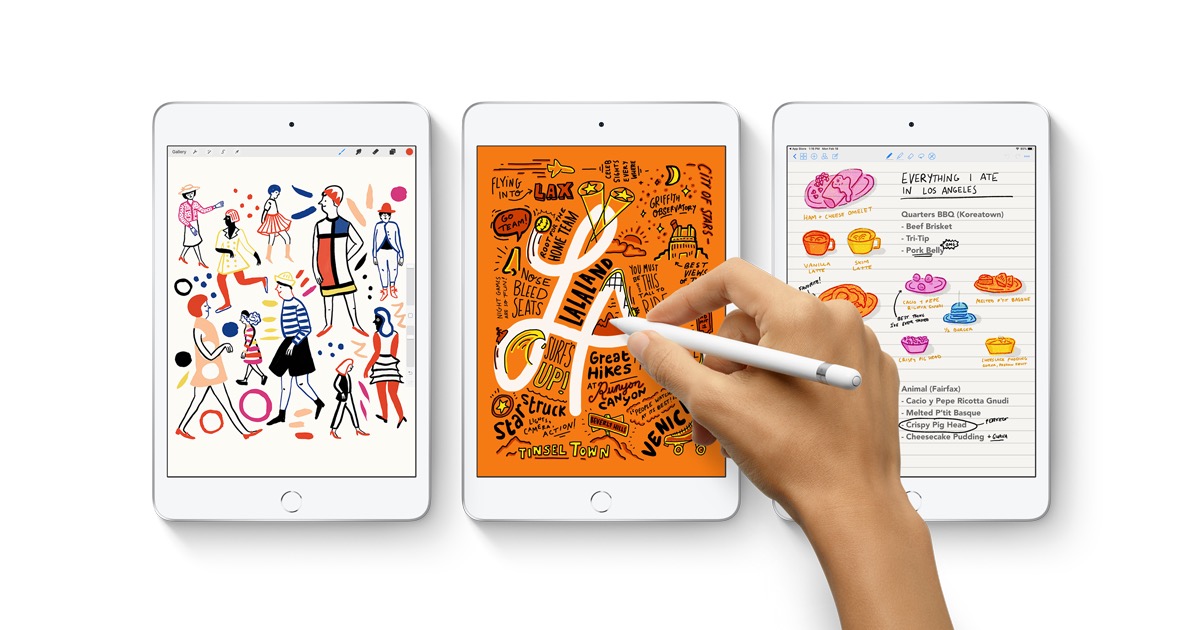
Moreover, if you are looking for the smallest, most portable iPad, you should consider the iPad mini, which features a smaller 7.9-inch display and the A12 chip, for $399.
Final thoughts
Overall, the iPad Air is the better option for the majority of users, simply on the basis of value for money. For most people, the additional $200+ needed to buy the iPad Pro will not be justified to get a better camera system, more memory, and a 120Hz display.
Some iPad Pro features, such as LiDAR, the Ultra-Wide camera, large storage configurations, and Thunderbolt, will only be practically useful to a small niche of iPad users. Most users will never use some of these high-end features.
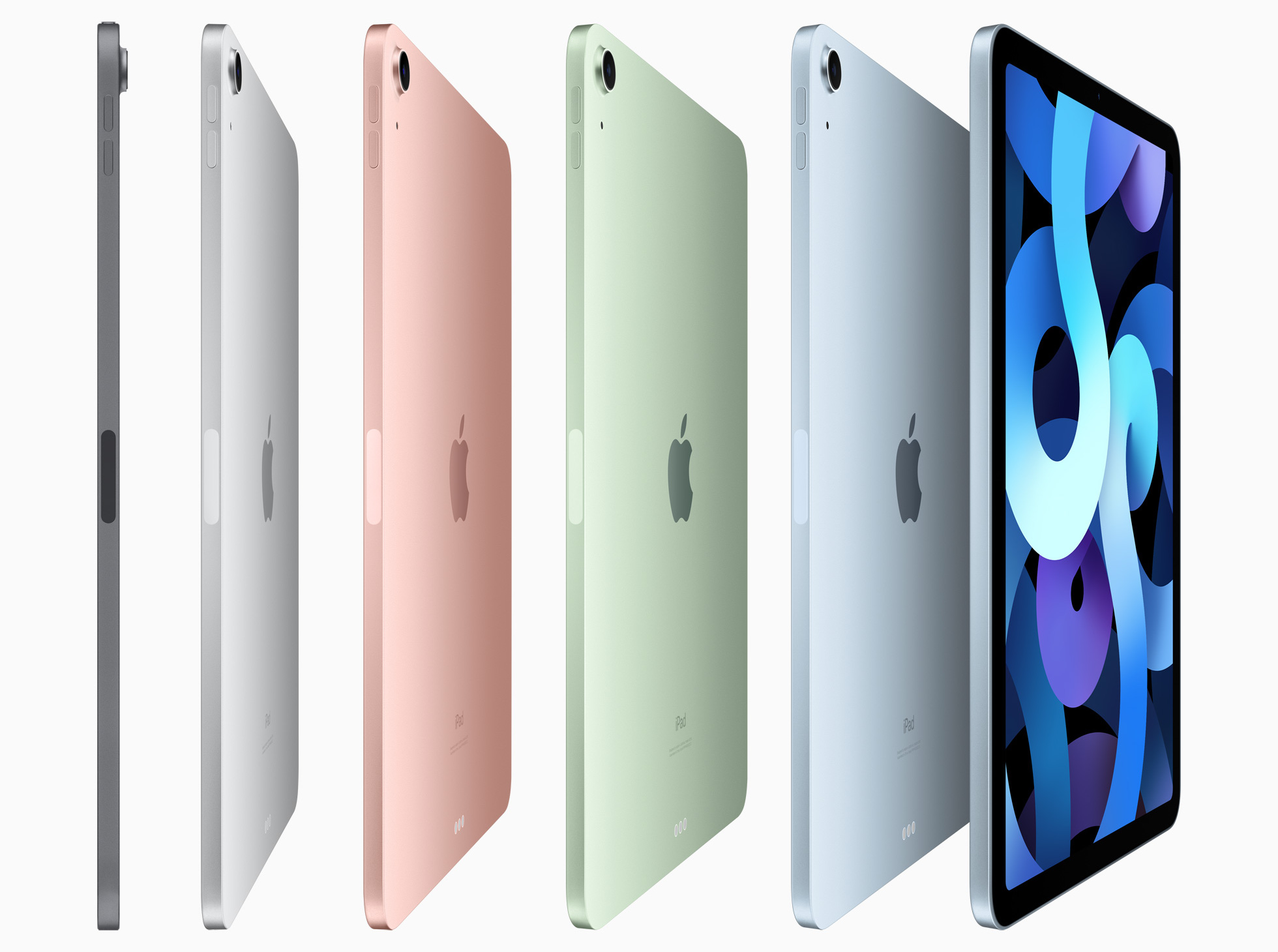
Professionals who have a clear use case for needing larger amounts of RAM and storage, Thunderbolt, mini-LED for HDR content, and the added performance of the M1 chip will benefit from buying the iPad Pro.
Prosumers will also enjoy features such as 120Hz ProMotion for smoother scrolling and gaming, deeper blacks and more vivid colors with the mini-LED display, Center Stage, and LiDAR for AR experiences, even if they are not necessary, and those who want a larger 12.9-inch display will need to go with the higher-end iPad Pro model.
Prosumers and professionals who want the iPad to replace their laptop or computer should likely choose the 12.9-inch iPad Pro if they are pairing it with the Magic Keyboard due to the added screen space for multiple applications. In addition, cellular iPad users have good reason to buy the iPad Pro for to its 5G connectivity.
Beyond these individual circumstances, the iPad Air is the best option and will be more than ample for most users' needs. With the iPad Air, users can get the latest all-screen design, a fast, capable processor, practical features like USB-C, and compatibility with the latest Apple accessories.
Article Link: iPad Air 2020 vs. iPad Pro 2021 Buyer's Guide
This settled it. I’m going team Air. iPad Air with Magic Keyboard and Apple Pencil, wow! Even the A14 beats intel lol.
i just hope no one makes the huge mistake of buying a new 2020/2018 iPad Pro to foolishly save a couple of bucks if they go on sale and instantly be 3 years closer to obsolescence without the power, Ram, M1 IP and thunderbolt connection. Dont do it.
Last edited:
It's simple. If it does get full MacOS support with dual-boot and (apart from obvious stuff like a single TB port) doesn't have major drawbacks compared to a MacBook Air/Pro, I'll purchase the 12.9" immediately. With the toy iPadOS only, no way.
I see a lot of comparisons stating the iPad Pro is $200+ more. While it is true, I don’t think it’s a fair argument by itself. One of the main things to consider is how much storage you need. The base iPad Air model has 64GB of storage for $599, which is hardly enough storage these days. So the next option is 256GB for $749. However, we’re now already creeping into iPad Pro prices. The iPad Pro starts at $799 for 128GB, which is a comfortable size as well. It basically ends up boiling down to whether I want Touch ID or Face ID. I prefer the latter, plus I’ll get all the other upgrades as a nice bonus for only $50 more, not $200.
Different needs for different people. I keep most of my stuff in the cloud, so only use about 20 GB of iPad’s own storage. For me it really does not matter if I have around 40 GB free on my iPad (if 64 GB) or 105 GB (if 128 GB), as both would be equally unused. 🤷🏻♂️
i just hope no one makes the huge mistake of buying a new 2020 iPad Pro to foolishly save a couple of bucks if they go on sale and instantly be 3 years closer to obsolescence without the power and thunderbolt connection. Dont do it.
They will still get about 5 good years of use from them, IMO, and the same argument comes up with every new iPad generation. For me, iPad is not a house we buy, it is a consumable in a fast-evolving tech world. So no matter what iPad one buys today, as the tech/features improve few years down the line, people will start wanting to upgrade again.
…just get the pro and test, there is a 30 days window for return that will fall weeks after wwdc in case everyone is waiting for ipadOS big announcement
The IPP pro line would probably have started above $1000 if they gave mini LED to the 11in. I agree that the iPad Air is in an odd spot, but what is the point of that device anyway?I find it strange the 11” didn’t get the mini LED screen. Perhaps its due to its smaller form factor.
My personal theory is the 6th iPP will discontinue the 11, and they will introduce a +15” variant with 240hertz screen. I get that people like the 11” iPP but that current iP Air just puts it in an odd spot. I could be wrong. But those are my suspicions.
FYI: that's only valid for iPhones, the iPad Pro can unlock in any position with FaceID since it has multiple FaceID sensors.No touch id on the pro versions, means I keep my old Pro one more year. I use my ipad in ALL places and possitions, having to align mysoef with the camera is not progress for me. Sorry Tim.
IMHO Apple will roll out their pro apps at WWDC in a few weeks and Adobe and others will announce and release theirs as well. The big developers have know this was coming for awhile. Using the M1 let’s them make this much easier on them and the developers to bring over the pro apps. A couple of the top apple guys have made it pretty obvious in recent interviews what’s coming without saying it outright. Just my two cents on it.
The thing is ... developers will never release an app that is choppy on an iPad or iPad Air, only to take advantage of the M1 in the iPad Pro unless they release a "iPad Pro 2021 only" App, which I doubt they would do and thus, the Apps will remain to be limited by iPadOS itself. I am sure most developers use the lowest specs as a baseline when it comes to optimisations, which would be the "iPad". Also most likely the most used device for schools or universities. Therefore I don't see any value in this additional speed (unless you want a future proof device) and unless you take photos or videos on your iPad, the camera won't influence the purchase decision either. It needs a full OS. What are you gonna do with 16 GB of RAM on iOS?
That point of that device is for people like my self that don’t have or want to spend $1,000 or more on a iPad I was going to get the iPad Pro 2021 but I ended up getting the iPad Air 4 instead has it has the same apple A14 chip that my iPhone 12 Pro Max has so my little iPad Air is a power house and more then enough for my needs and I all so all ready have two Mac OS device that have the M1 chipThe IPP pro line would probably have started above $1000 if they gave mini LED to the 11in. I agree that the iPad Air is in an odd spot, but what is the point of that device anyway?
Apple doesn't have its own 5G chipset (yet). Cook certainly doesn't want to pay extra costs here. Mac can easily connect to iPhone'S hotspot. So buy an iPhone, this is Apple‘s wishWhy did they not put 5G modems in all the M1 Mac products?
Thats what I wanna know?
All the ARM Macs and iPads should have 5G modems by now.
You don't have to use 5G on the Mac but the internals should still be there
Genuine question
For those who have both a MacBook and an iPad, what do you find yourself using the iPad for?
I have the 10.5” Pro and used it on my commute for films etc but now I’m barely going in, I find myself not using it at all.
I just grab my MacBook for anything I need to do, it’s always sitting there on the table and barely takes anymore time to open the lid and do something than it does on an ipad
Was just curious what others use the iPad for if they have a MacBook too? Struggling to find any reason to upgrade what I have
For those who have both a MacBook and an iPad, what do you find yourself using the iPad for?
I have the 10.5” Pro and used it on my commute for films etc but now I’m barely going in, I find myself not using it at all.
I just grab my MacBook for anything I need to do, it’s always sitting there on the table and barely takes anymore time to open the lid and do something than it does on an ipad
Was just curious what others use the iPad for if they have a MacBook too? Struggling to find any reason to upgrade what I have
I think the 2021 12.9" iPP might be it for me since I'm still sporting a 2017 10.5", but I sure wish they had added TouchID to it. Or some kind of design differentiation on this otherwise identical device after 3+ years other than component level updates.
What if the reason for the 0,1” discrepancy in screen size between the Air and the 11” Pro is because Apple plans to introduce certain « pro features » to iPadOS exclusively for devices with screen sizes 11” and up ? Guess we’ll see at WWDC !
Register on MacRumors! This sidebar will go away, and you'll see fewer ads.


